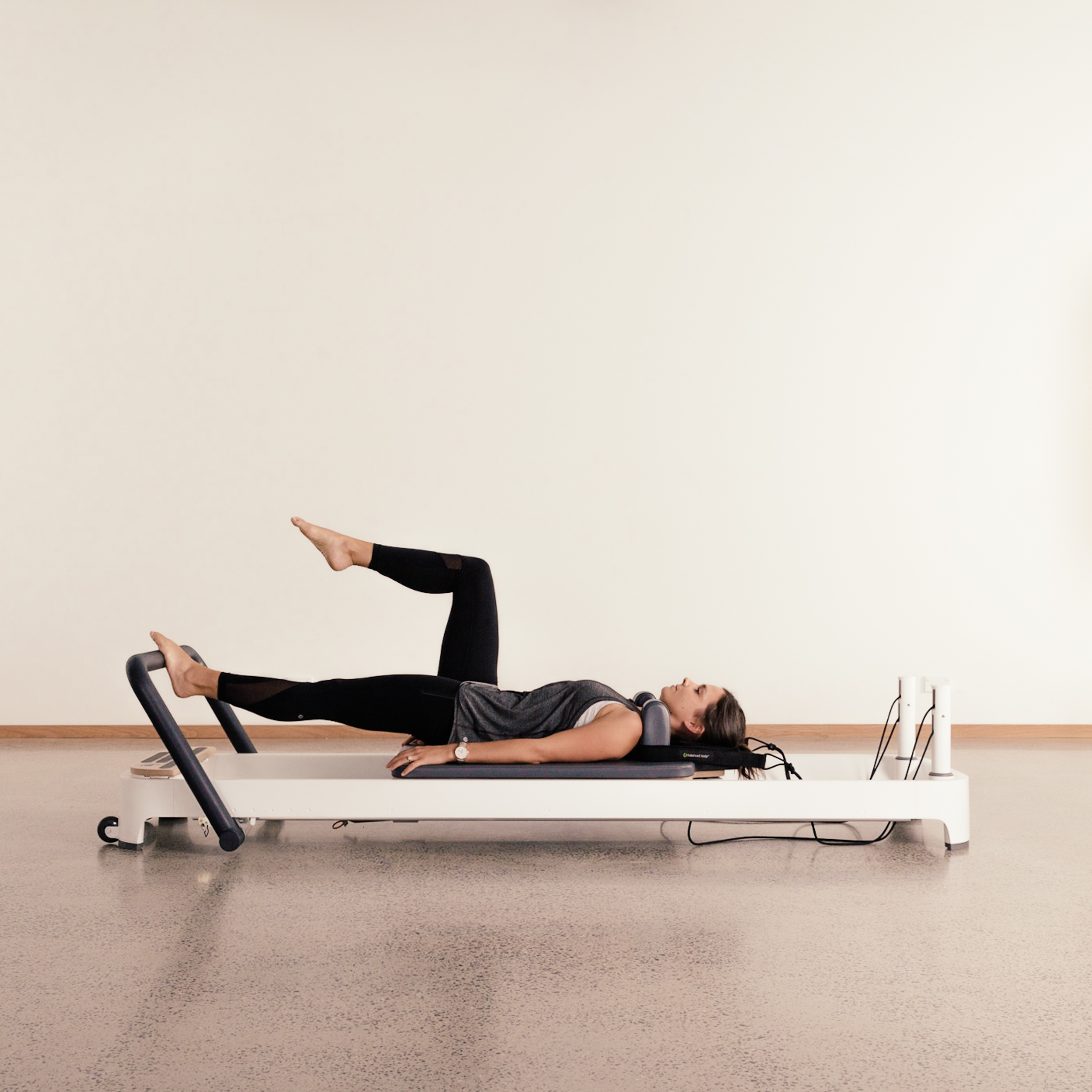We love pilates for a vast number of reasons, not least of which is that it’s a beautiful way to load the body during exercise whilst still providing valuable feedback about body position. A major contributor to injury and subsequent pain in the body is poor proprioception – we can define this as our body’s ability to recognise its position in space. A basic example of this would be knowing how curved the different sections of your spine are when you sit down at your desk.
At here. our physiotherapists running our pilates classes and private appointments will constantly teach you to be mindful of your postural control around the pelvis and spine. We don’t just want you to move through the exercises as fast and as hard as you can, it’s all about exacting positional control. Through doing this we can help improve your proprioception with each exercise, teaching your body to have greater awareness of when it might be slipping into potentially harmful postures throughout your daily life, and how to correct your position when you catch yourself out.
At our studio in Canberra, people often ask us why we insist on an initial assessment before they can jump into one of our group pilates classes. Proprioception is major factor in this decision. With pilates we aim to maintain positional control of the pelvis and spine at all times. Often you’ll be asked to maintain a ‘neutral pelvis’ whilst adding load through movement of another body part (eg, an arm or leg). We want to make sure that everyone in our classes knows where ‘neutral’ is, and can recognise when they’re no longer able to hold it so that our physiotherapists can modify the exercise accordingly to keep you safe and progressing in the right direction.
Proprioception – it’s more important than you might sense.

